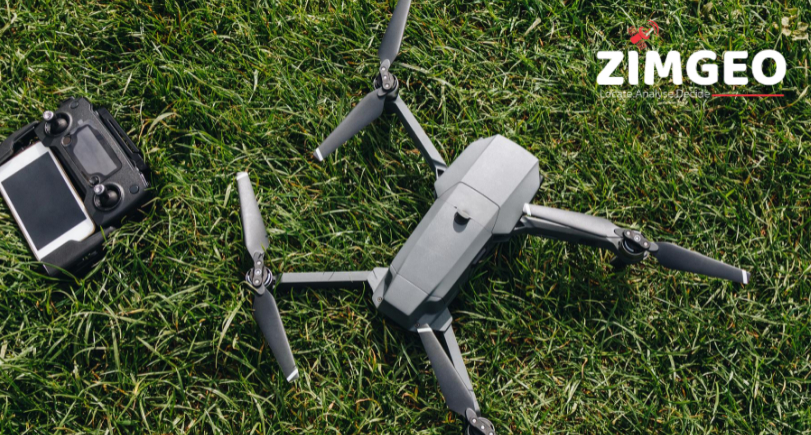Zimgeo GIS & Remote Sensing Bootcamp (March to April 2023) Weekend Classes

Solar-Powered Boreholes in Zimbabwe
January 29, 2023
Benefits of Geospatial Technologies in Zimbabwe
April 23, 2023- Zimgeo GIS & Remote Sensing Bootcamp (March to April 2023)
The bootcamp comprises of 2 broad categories for the GIS and Remote Sensing Training. The first category is on Introduction to GIS and Remote Sensing and the second category is on the application of GIS and Remote Sensing in various fields (agriculture, telecommunications, disaster risk reduction and forestry)
- The Introduction to GIS and Remote Sensing is divided further into 4 sub-categories and participants are free to choose to take any or all of the sub-categories.
- Aims
The first category will introduce the main concepts in GIS and remote sensing. The introductory part gives a theoretical and practical grounding into aspects Geographic Information systems and remote sensing.
- The outcomes
By the end of the conference students should be able to:
- Define Geographic Information System (GIS)
- Appreciate the role of remote sensing in earth observation and to access the different sources of remotely sensed data
- Describe the various key concepts undertaken under Geographic Information systems.
- Analyse spatial Data
- Use GIS software to map different phenomena
- Methods of Instruction
Formal presentation of theoretical material will be presented via a lecture.
A Practical will follow after the main theoretical concepts.
- Costing
Each sub-category under Introduction to GIS and Remote Sensing is priced at USD$80 or ZWL$56 000. A certificate of completion is given when a student does and completes all the 4 sub-categories at a promotional cost of USD$280 or ZWL$196 000 for all the 4 sub-categories. For corporate clients a Purchase Order (PO) will suffice.
- Curriculum :
- Introduction to GIS : Week 1 Saturday 4 March
- What is GIS?
- GIS data types and sources of Geographic Data (vector and raster)
- Coordinate systems (geographic and projected)
- Georeferencing and Digitising
- Introduction to spatial data processing tools in QGIS
- Introduction to Remote Sensing : Week 1 Saturday 5 March
- What is Remote Sensing?
- Active and Passive Satellites
- Satellite images and their characteristics
- Image preprocessing and processing
- Spectral indices
- Spatial Data analysis in a GIS : Week 2 Saturday 11 March
- Point data analysis
- Line data analysis
- Basics of Satellite Image Classification
- Polygon data analysis raster data analysis
- Map design and data presentation : Week 2 Saturday 12 March
- Create a GIS map in QGIS
- Add the basic map elements to a map layout (title, scale, north arrow, descriptive text)
- Adding the advanced map elements (map grid and overview map) in QGIS
- Creating charts from spatial data
- Formatting and analysing GIS charts
- The application of GIS and Remote Sensing in various fields (agriculture, telecommunications, disaster risk reduction, forestry and mining) is divided into 5 sub-categories and participants are free to choose to take any or all of the sub-categories.
- Aims
The second category will introduce participants to the different techniques and methodologies from GIS and Remote Sensing into various application areas mainly (agriculture, disaster risk reduction (DRR), telecommunications, mining and forestry)
- Methods of Instruction
Formal presentation of theoretical material will be presented via a lecture.
A Practical will follow after the main theoretical concepts.
- Costing
Each sub-category under Introduction to GIS and Remote Sensing is priced at USD$300 or ZWL$210 000. A certificate of completion is given after each sub-category. For corporate clients a Purchase Order (PO) will suffice.
- Curriculum :
- GIS and Remote Sensing Applications in Agriculture : Week 3 Saturday 18 and Sunday 19 March
- Spectral indices and the biophysical parameters retrieved from images
- Computation of the vegetation index
- Basics of Satellite Image Classification
- Accuracy Assessment of LULC a map
- Land cover assessment
- Basics of change detection – image differencing
- GIS and Remote Sensing applications in Disaster Risk Reduction : Week 4 Saturday and Sunday ( 25 and 26 March)
- DEM processing in a GIS
- Drought hazard mapping in a GIS
- Basics of change detection – image differencing for flood mapping
- GIS and Remote Sensing applications in Telecommunications: Week 5 Saturday and Sunday (1 and 2 April)
- Telecommunication infrastructure mapping
- Introduction to Geodatabases
- Web-GIS for infrastructure management
- Base station siting suitability using AHP and multi-criteria analysis
- GIS and Remote Sensing Applications in forest management: Week 6 Saturday and Sunday (8 and 9 April)
- Computation of the vegetation index
- Basics of Satellite Image Classification
- Accuracy Assessment of LULC a map
- Land cover assessment
- Basics of change detection – image differencing
- GIS and Remote Sensing Applications in mining: Week 6 Saturday and Sunday (15 and 16 April)
- Vector data for mapping mine titles,
- Kriging in QGIS,
- Geological maps georeferencing and
- Accessing mine data from USGS
- Assumed knowledge
Basic digital literacy is needed to complete the practicals
Requirements of the course
- Dual core laptops or desktop computers
- Internet connection to download satellite images
- GIS software’s
Nb: Some open software’s will be provided together with this tutorial
- Payments
Payment can be done in cash, or by depositing into our bank accounts using the details below. Please note the pricing includes refreshments and lunch meal. Cash payments can be done at our offices: 12th Floor Joina City, Harare, Zimbabwe. For corporate clients a Purchase Order (PO) will suffice.
| Course Description | Price(USD$) | Price (ZWL$) | Day ( 9 AM – 4 PM) 2023 |
| Introduction to GIS and Remote Sensing | |||
| Introduction to GIS | USD$80 | ZWL$56 000 | Week 1 Saturday 4 March |
| Introduction to Remote Sensing | USD$80 | ZWL$56 000 | Week 1 Sunday 5 March |
| Spatial Data analysis in a GIS | USD$80 | ZWL$56 000 | Week 2 Saturday 11 March |
| Map design and data presentation | USD$80 | ZWL$56 000 | Week 2 Saturday12 March |
| Introduction to GIS and Remote Sensing once off for all 4 modules | USD$280 | ZWL$196 000 | Week 1 – 2 |
| GIS and Remote Sensing Applications in Agriculture | USD$300 | ZWL$210 000 | Week 3 Saturday and Sunday ( 18 and 19 March |
| GIS and Remote Sensing applications in Disaster Risk Reduction : | USD$300 | ZWL$210 000 | Week 4 Saturday and Sunday ( 25 and 26 March) |
| GIS and Remote Sensing applications in Telecommunications | USD$300 | ZWL$210 000 | Week 5 Saturday and Sunday (1 and 2 April) |
| GIS and Remote Sensing Applications in forest management | USD$300 | ZWL$210 000 | Week 6 Saturday and Sunday (8 and 9 April) |
| GIS and Remote Sensing Applications in mining: | USD$300 | ZWL$210 000 | Week 6 Saturday and Sunday (15 and 16 April) |
- Bank details
(NOSTRO Banking details)
Bank: CABS
Account name: Map Tech Pvt Ltd t/a Zimgeo
Account number: 1130216675
Branch: Borrowdale
(RTGS banking details)
Bank: CABS
Account name: Map Tech Pvt Ltd t/a Zimgeo
Account number: 1130216608
Branch: Borrowdale
- Venue
Rokpa Centre
34 Quendon Rd, Monavile, Harare
- Contact us,
For more information,
Call : +263 719 751 574
Email : info@zimgeo.co.zw
www.zimgeo.co.zw


